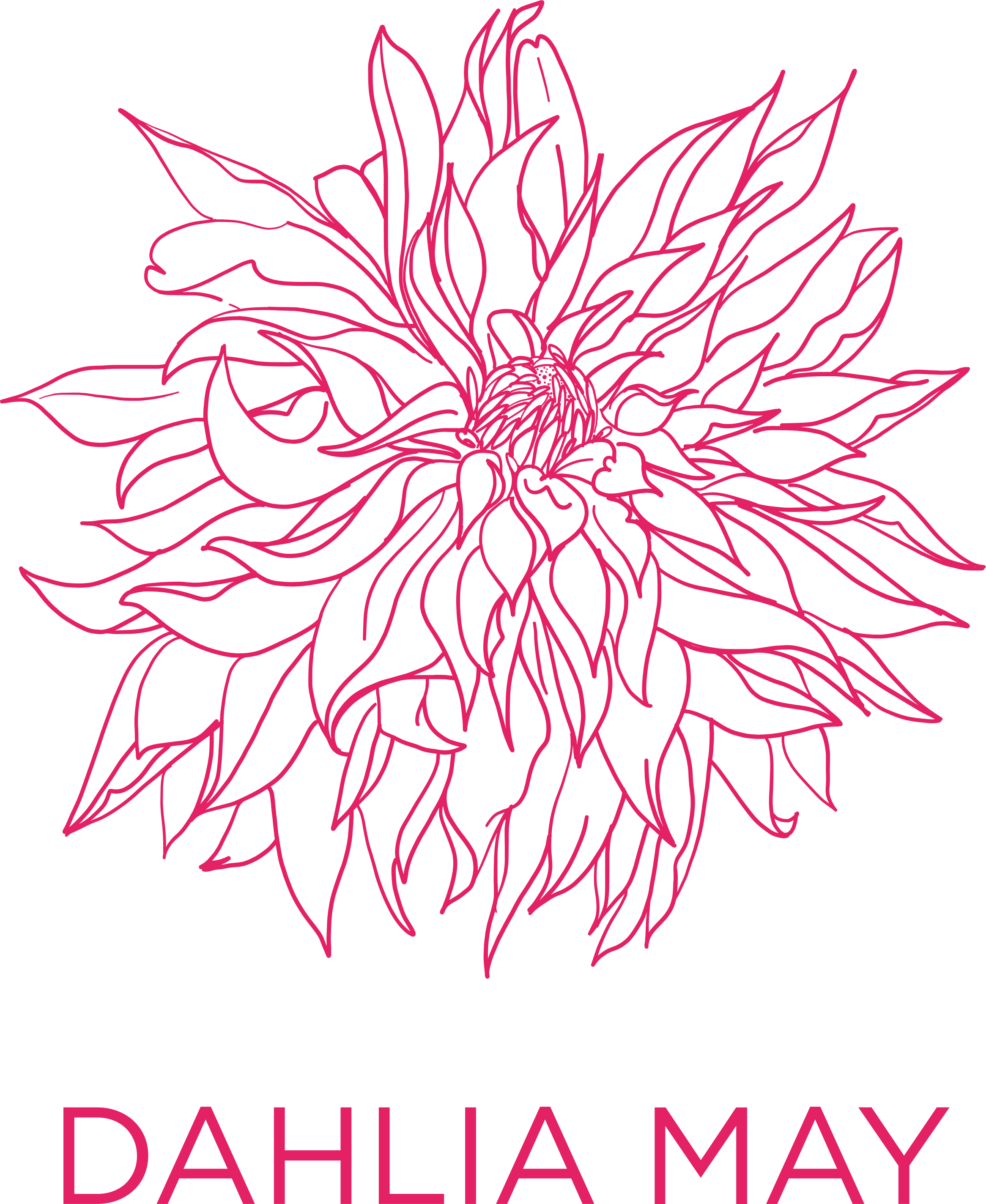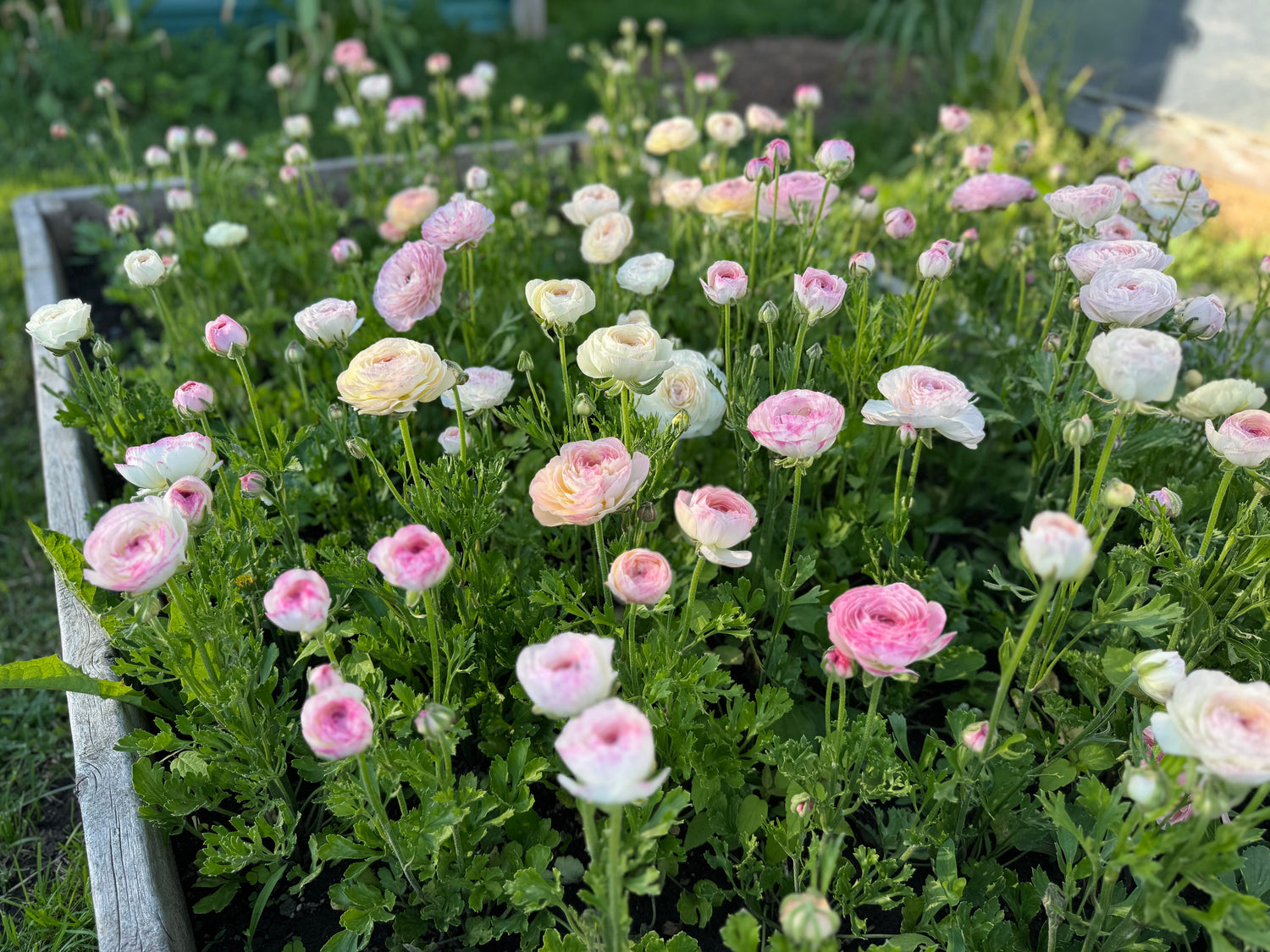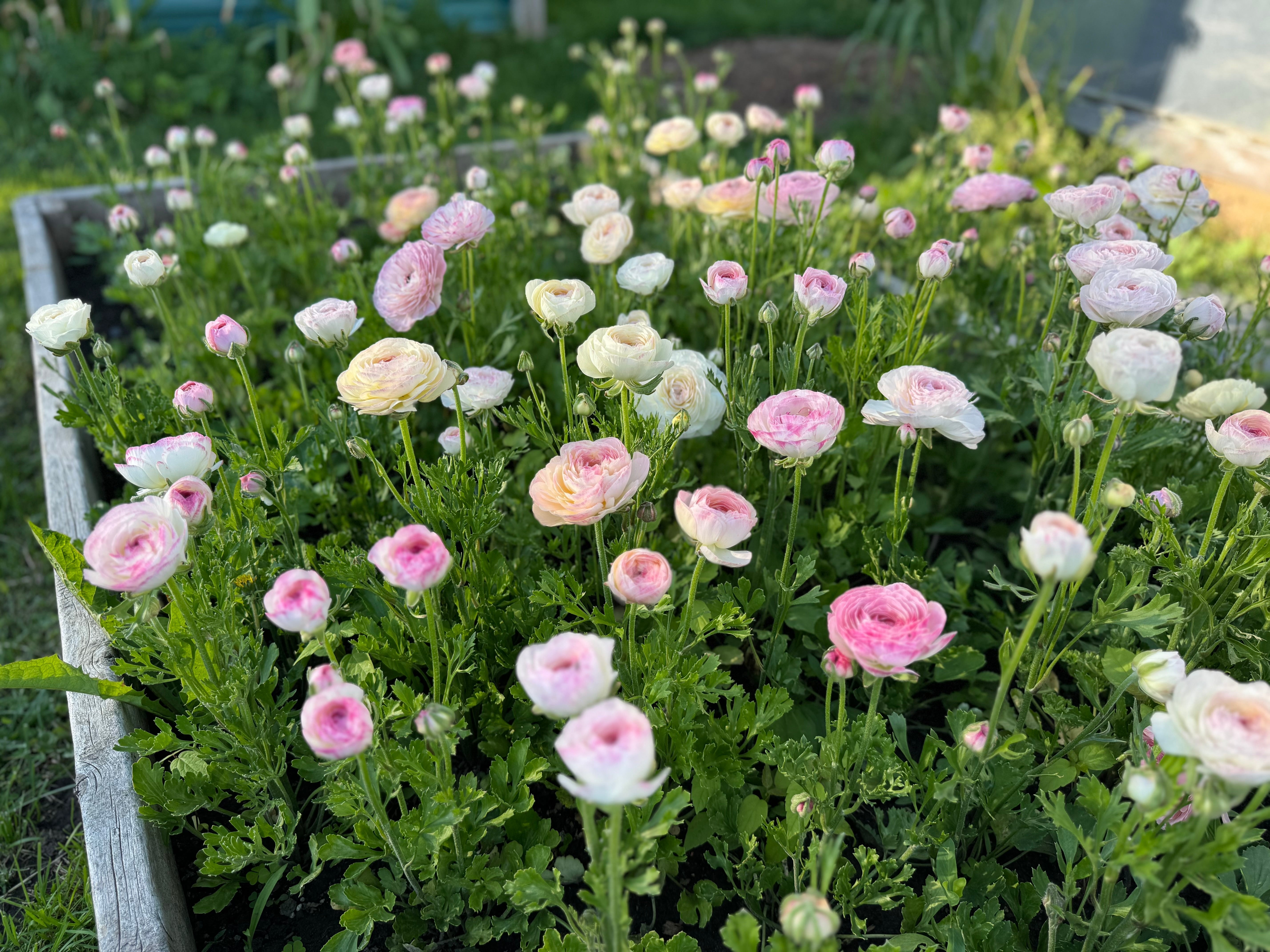It’s that time of year where we’re ALL thinking spring thoughts! And one of those spring thoughts might be trying your hand at growing your own Ranunculus and Anemones in your garden this year. These flowers are some of our most sought after cut flowers, and it’s so rewarding to have your own little catch of these beauties blooming in your own home garden! 
Lots of questions often arise when it comes time to plant Ranunculus and Anemones, and with good reason. They are not quite as simple to plant as say, a tulip, but, with proper instructions the process is fairly straightforward.
We send a full set of growing instructions out with every corm order, and we’ve created a full growing guide on our website, which you can find under the 'Growing Resource' tab.
Every spring we receive plenty of questions about the growing process, and in our next few blog posts, we’ll try to answer as many of them as we can!
Read on below for our second instalment of the Ranunculus and Anemone Q and A!
WHEN SHOULD I START MY CORMS?

It depends where you live, and what gardening zone you’re in.
The best way to figure it out? We recommend counting 8 weeks back from your last frost date to find out when you should be starting to soak your corms indoors.
At our farm, here in Southern Ontario, our last frost is typically in mid May. Counting 8 weeks backwards means that we start our corms here in Mid March, planting them outdoors in mid April.
As a general guideline (remember, you’ll count back 8 weeks from your own last frost date for your exact timing):
Zones 1-3: Start mid-late March
Zone 4-6: Start late February-early/mid March
Zone 7-8: Start in the fall, plant outside in the fall, and overwinter your corms in the garden, OR start your corms in late January/early February.
WHEN DO I PLANT MY SPROUTED CORMS OUTSIDE IN THE GARDEN?
 Again, it depends where you live, and what gardening zone you’re in. We recommend planting your corms outside in the garden about 4 weeks after you’ve soaked them and sprouted them. The sprouting and rooting process typically takes 2 week or so, at which point we grow our plants along for another two weeks or so, before planting them outside in the garden. They should look similar to the photo above (leafy green tops, well rooted bottoms) before they’re ready to be planted outdoors.
Again, it depends where you live, and what gardening zone you’re in. We recommend planting your corms outside in the garden about 4 weeks after you’ve soaked them and sprouted them. The sprouting and rooting process typically takes 2 week or so, at which point we grow our plants along for another two weeks or so, before planting them outside in the garden. They should look similar to the photo above (leafy green tops, well rooted bottoms) before they’re ready to be planted outdoors.
You’ll want to plant your seedlings in the garden approximately four weeks BEFORE your final frost.
As a general guideline (remember, you’ll count back 4 weeks from your own last frost date for your exact timing):
Zones 1-3: Start mid-late March, plant outside in mid-late April.
Zone 4-6: Start late February-early/mid March, plant outside in late March/mid April.
Zone 7-8: Start in the fall, plant outside in the fall, and overwinter your corms in the garden, or start your corms in late January. Plant outside in late February.
DO I NEED A GREENHOUSE OR HOOPHOUSE TO GROW RANUNCULUS?

No, you don’t! No special equipment or greenhouses are required to grow these beautiful spring flowers. While we have grown ranunculus here on our farm in unheated, hoophouses in the past, every spring, we also plant hundreds of corns outside, without any extra protection, directly into our garden beds. Because we have heavy clay soil here on our farm, we utilize raised garden beds to grow our ranunculus in.
One of our favourite parts of growing and raised garden beds is that we can control the type of soil that we are working with, giving our plants the best possible start. We fill our raised garden beds with triple mix (a high quality growing mix, full of compost, Topsoil, and peat), would we purchase by the yard from a local landscaping company. Any high-quality garden soil will work well for growing your Ranunculus and Anemone plants. You’ll just want to ensure that you have good drainage (something that clay soil here on our farm does not have), as these plants do not like to sit with wet feet.
When we plant our Ranunculus and Anemones outdoors in raised beds, we do occasionally cover them if temperatures are going to dip them much below zero. We do this simply by draping blankets over top of the beds, directly on the plants. This would work in a home garden, and you could also just take plastic containers or empty pots turned upside down to place over top of your plants if you’re worried about colder temperatures on frosty nights. Your plants will love to be outside in these cooler temperatures, and the cooler temperatures are required for them to establish their roots, but they won’t want to directly receive heavy frosts.
CAN I GROW RANUNCULUS AND ANEMONES IN POTS, OR DO I NEED GARDEN SPACE?

Yes, you absolutely can grow Ranunculus and Anemones in pots! You’ll want to choose pots large enough to hold a good amount of soil, so that your plants do not dry out too quickly. We recommend using pots that are at least 12 inches in diameter. You’ll want to plant your Ranunculus 3–4" apart in good-quality, well-draining potting soil (not garden soil). Ranunculus plants need space to expand, but they also benefit from being close enough to support each other as they grow. A potting mix which includes components like perlite, vermiculite, and organic matter can improve drainage and provide a conducive environment for growth. Your choice of pot is also crucial; ensure it has adequate drainage holes. Ranunculus and Anemones no not like to have wet or waterlogged feet, and good drainage is key to success in growing them.
We love utilizing clay pots for growing, as they soak up and expend moisture in accordance to the plants needs.



